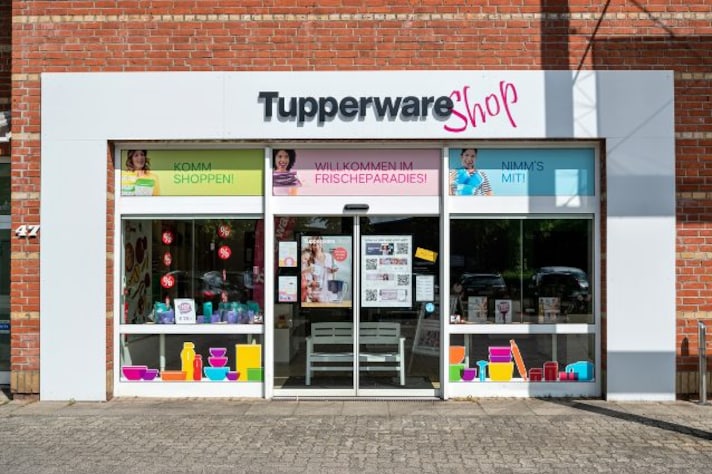
For generations, Tupperware wasn’t just a brand; it was a staple in American households, synonymous with sturdy food storage solutions, unmistakable burps, and social gatherings. But recent years have shown that even legends aren’t immune to the pressures of modern business. The Tupperware we’ve relied on for leftovers and potlucks has seen its share of financial distress, culminating in a bankruptcy scare and sales attempts that have foodies and financiers alike wondering: Is this the final seal for Tupperware?
Tupperware’s roots stretch back to 1946 when it pioneered the reusable plastic container with an air-tight seal—a game-changer for kitchens everywhere. Unlike any other storage solution of its time, Tupperware was sold at in-home parties, bringing together food enthusiasts and homemakers to bond over containers and preserves. The Tupperware Party became a cultural phenomenon, with the brand’s name becoming so engrained in America that “Tupperware” became a household noun. It was a time when “having Tupperware” signified more than practicality; it was a badge of domestic pride.
However, with the advent of big-box retailers, e-commerce giants, and other affordable storage options, the charm of the Tupperware Party dimmed. Consumers shifted from meeting in living rooms to shopping online, and competitors quickly jumped in with cheaper, versatile options. Tupperware faced challenges in adapting to the digital landscape, ultimately losing its once loyal fan base to younger, more agile brands. The decision to stick with direct sales for decades, while initially successful, turned into a ball and chain that limited its reach and adaptability in a new market.

Tupperware’s financial woes aren’t solely tied to its outdated business model. Mounting debt and failed attempts to innovate its product line left it struggling to keep up. Tupperware flirted with modernizing its lineup, including sleek glass containers and on-trend colors, but these efforts often fell flat, failing to win over a new generation. As sales slipped and debts climbed, Tupperware was left with more than just leftovers—it had a full plate of financial struggles. In a market where silicone and stainless steel rule, Tupperware’s plastic offerings were starting to feel like yesterday’s lunch.
In a surprising twist, Tupperware recently sought bankruptcy protection to restructure its debts and buy some time to figure out its next move. With lenders breathing down its neck, the company took the drastic measure of putting itself up for sale. For a brand that once had Americans scrambling to attend “Tupperware Parties,” the sale feels both surreal and somber. The bid for survival may mean that Tupperware’s iconic name could wind up under new ownership—a potential bittersweet chapter in the story of a brand once thought untouchable.
The question on everyone’s mind is whether Tupperware can recapture its old glory in a world that’s more interested in environmentally friendly and minimalist designs. If new ownership comes into play, there may be hope for a rebrand and reinvention that capitalizes on Tupperware’s nostalgia while embracing modern consumer preferences. It’s a high-stakes balancing act between honoring the past and embracing a future that feels increasingly distant from the brand’s heyday. For now, though, it’s unclear whether Tupperware can withstand the pressures of an industry it once led.
;Resize,width=767;)
